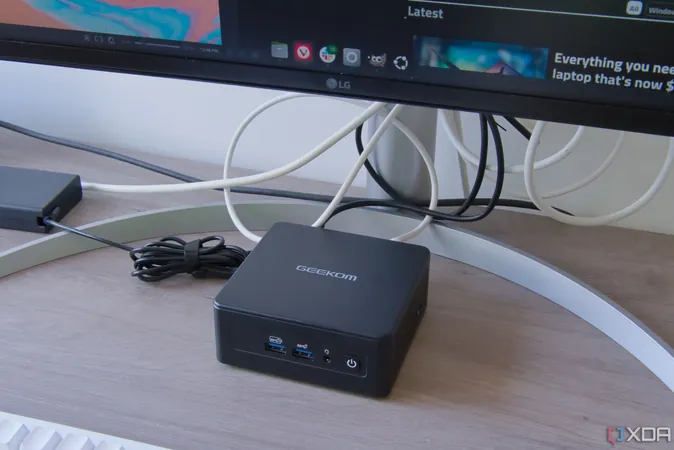
Revolutionary New Method Simplifies Kirigami Design: Unlocking Endless Possibilities!
2025-05-25
Author: Sophie
The Art and Science of Kirigami
Kirigami, the fascinating Japanese craft of cutting and folding paper, creates stunning three-dimensional structures. This art form has transcended its traditional roots, influencing fields like physics, engineering, and materials science, paving the way for innovative materials, devices, and even robotic systems.
A Breakthrough in Inverse Engineering!
Researchers from Sichuan University and McGill University have struck gold with a groundbreaking method for kirigami design. Unlike traditional approaches that rely on complex computational tools, this intuitive new technique could revolutionize the way we engineer intricate kirigami shapes for various applications.
From Concept to Creation: Unlocking the Mystery of Kirigami
Senior author Damiano Pasini reveals that this research builds on their previous explorations into the mechanics of kirigami. His former Ph.D. student Chuan Qiao was instrumental in this development, investigating how the geometry of slit patterns impacts kirigami deployment. Their previous studies revealed key geometric parameters that influence how kirigami structures deform.
Curious Questions Lead to Innovative Answers
Driven by their curiosity, the team set out to explore whether altering the overall shape of rotating units—as opposed to their individual components—would change the kirigami's deformation. They sought to discover if a geometric relationship could simplify the design process.
The Key Insight: A Simple Relationship!
In their recent publication, the researchers uncovered a straightforward link between the strain applied to rotating units and the resulting deformation of a deployed triangle kirigami. This insight is the cornerstone of their innovative inverse design strategy.
Transforming Design with Shear Strain
Pasini elaborates, "When we apply shear strains to the rotating units, they contract, while the deployed shapes expand. This opposite reaction is crucial for achieving precise deployment through geometric tuning." By employing an area-preserving map, they can manipulate shapes and achieve desired outcomes swiftly.
Key Ingredients for Success!
Their method relies on three essential components: the contracted form of the rotating units, the deployed kirigami shape, and the area-preserving map that transitions between these forms. By programming shear strain in the opposite direction, they have simplified the design process dramatically!
Unveiling New Possibilities in Kirigami Design
To showcase their technique, the researchers successfully engineered three morphing shapes: the contracted configuration, the deployed form, and the internal trajectories of the rotating units. This study reveals how understanding geometric relationships can open new pathways for kirigami design.
The Future is Bright for Kirigami!
Pasini concludes, "This groundbreaking work not only illuminates the mechanics behind rotating units in kirigami but also offers an easy route for creating complex designs. Our insights could extend beyond triangle patterns, potentially revolutionizing diverse kirigami forms." Get ready to witness a new era in kirigami engineering!









 Brasil (PT)
Brasil (PT)
 Canada (EN)
Canada (EN)
 Chile (ES)
Chile (ES)
 Česko (CS)
Česko (CS)
 대한민국 (KO)
대한민국 (KO)
 España (ES)
España (ES)
 France (FR)
France (FR)
 Hong Kong (EN)
Hong Kong (EN)
 Italia (IT)
Italia (IT)
 日本 (JA)
日本 (JA)
 Magyarország (HU)
Magyarország (HU)
 Norge (NO)
Norge (NO)
 Polska (PL)
Polska (PL)
 Schweiz (DE)
Schweiz (DE)
 Singapore (EN)
Singapore (EN)
 Sverige (SV)
Sverige (SV)
 Suomi (FI)
Suomi (FI)
 Türkiye (TR)
Türkiye (TR)
 الإمارات العربية المتحدة (AR)
الإمارات العربية المتحدة (AR)